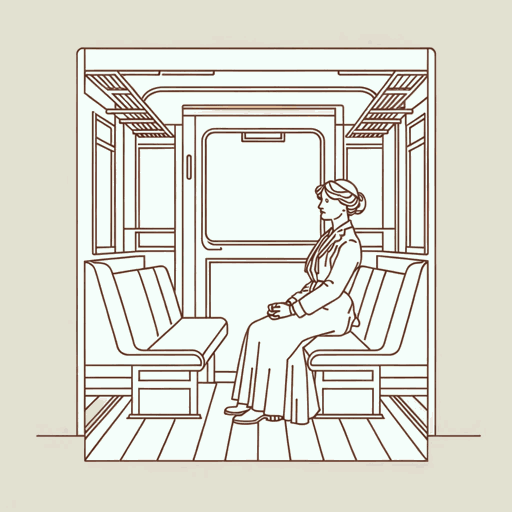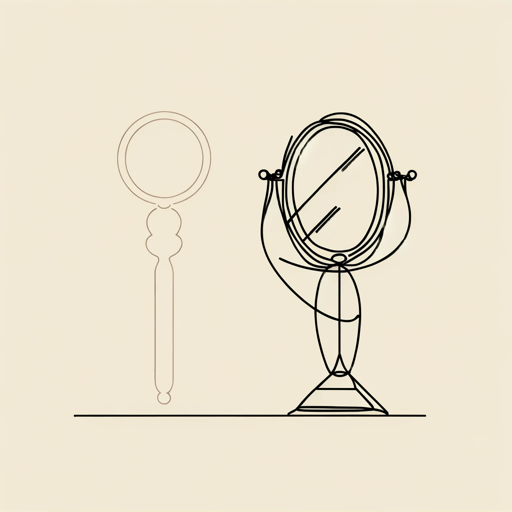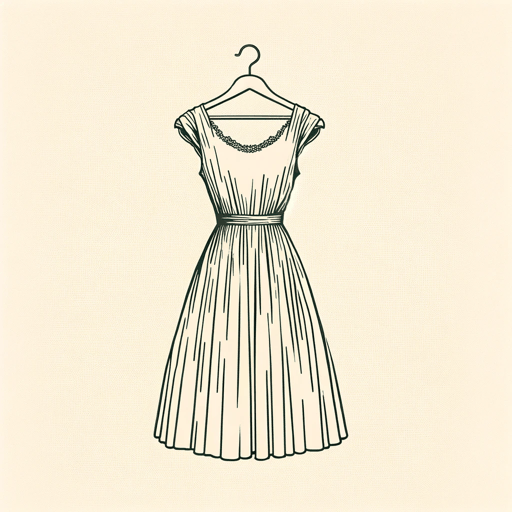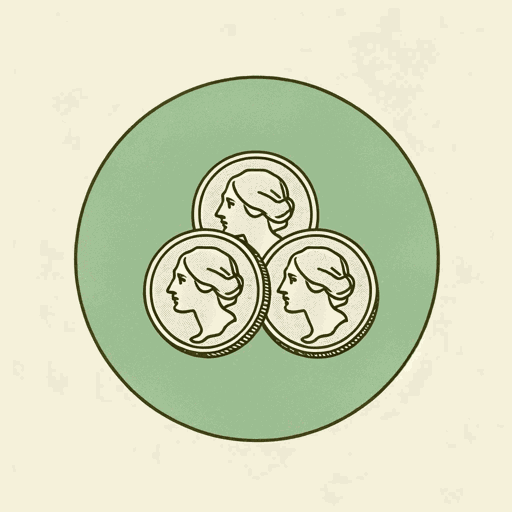63 pages • 2 hours read
Virginia WoolfMrs. Dalloway
Fiction | Novel | Adult | Published in 1925A modern alternative to SparkNotes and CliffsNotes, SuperSummary offers high-quality Study Guides with detailed chapter summaries and analysis of major themes, characters, and more. For select classroom titles, we also provide Teaching Guides with discussion and quiz questions to prompt student engagement.
Symbols & Motifs
Doctors and Their Treatments
When Septimus Smith comes home from the war, he is a changed man. Hallucinations and anxieties plague him and stress his relationship with Rezia, his young wife who has left her life in Italy to be with her husband in London. Septimus seeks help from his GP, or general practitioner, Dr. Holmes, but Dr. Holmes is out of his depth; though Septimus suffers from severe hallucinations and dangerously frequent suicidal ideation, the doctor simply encourages Septimus to think about anything except himself, advocating the “stiff upper lip” approach to personal problems that characterizes British middle-class masculinity. Eventually, Dr. Holmes suggests that Septimus see Dr. Bradshaw, an eminent Harley Street psychologist, but Dr. Bradshaw’s advice to institutionalize Septimus disappoints the couple, who do not want to be separated. Dr. Bradshaw also represents a sort of British version of masculine ideal, one that does not give in to one’s own sensitivities and indulge one’s own weaknesses.
These two men and their immovable, ineffective approaches to the treatment of mental health problems represent the immovable traditions of England. These traditions inspired legions of young men to enlist during World War I, and Septimus represents the disillusion of a generation who watched their young men lose their lives while defending an England that will fail those who survive.
Related Titles
By Virginia Woolf

A Haunted House and Other Short Stories
Virginia Woolf

A Room of One's Own
Virginia Woolf

Between The Acts
Virginia Woolf

How Should One Read a Book?
Virginia Woolf

Jacob's Room
Virginia Woolf

Kew Gardens
Virginia Woolf

Modern Fiction
Virginia Woolf

Moments of Being
Virginia Woolf

Mr. Bennett and Mrs. Brown
Virginia Woolf

Orlando
Virginia Woolf

The Death of the Moth
Virginia Woolf

The Duchess and the Jeweller
Virginia Woolf

The Lady in the Looking Glass
Virginia Woolf

The Mark on the Wall
Virginia Woolf

The New Dress
Virginia Woolf

The Voyage Out
Virginia Woolf

The Waves
Virginia Woolf

Three Guineas
Virginia Woolf

To the Lighthouse
Virginia Woolf

